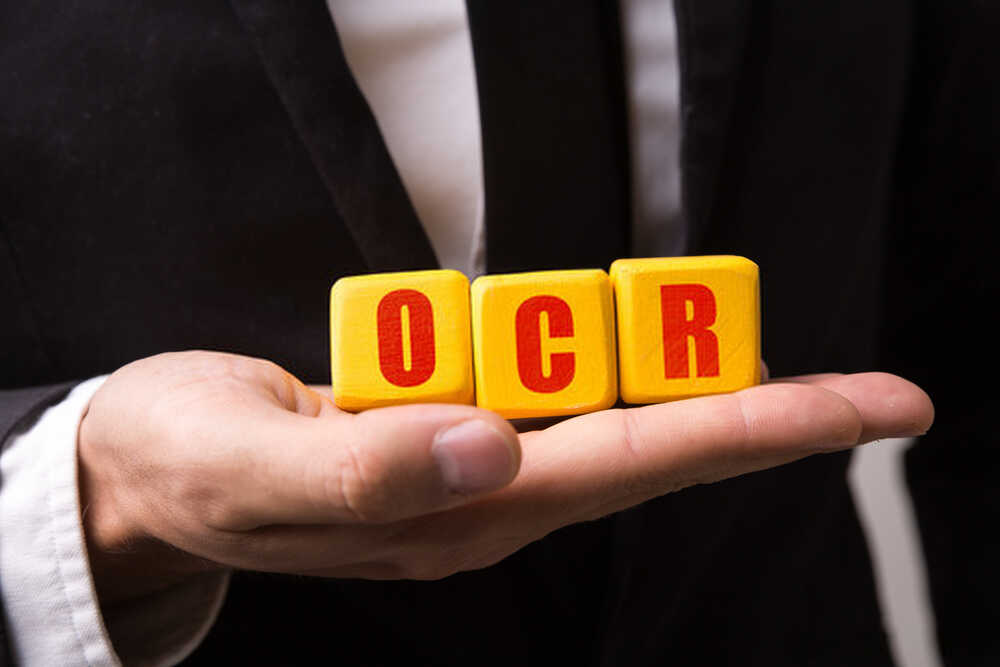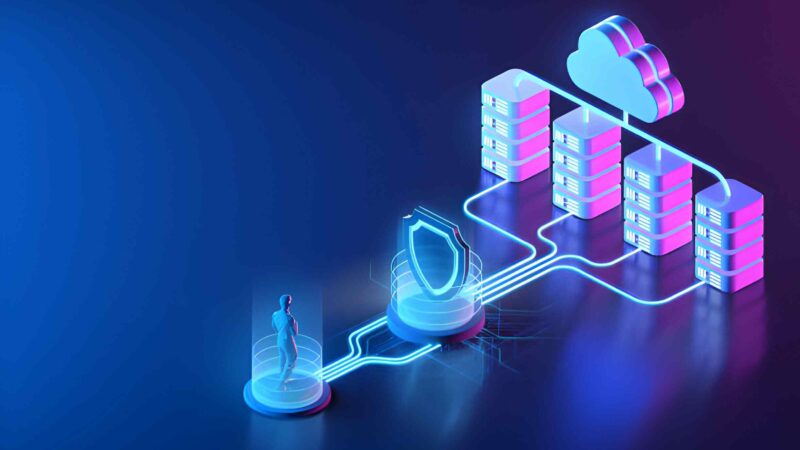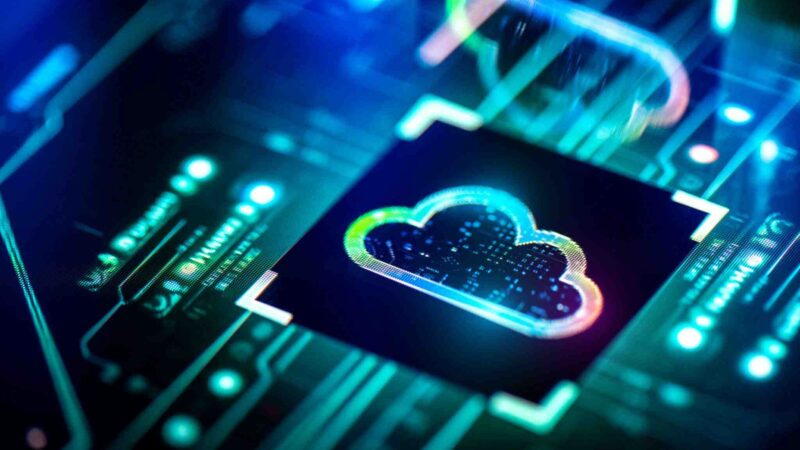All About Optical Character Recognition: What It Is, How It Works and Uses

There’s a reason why the market for optical character recognition technology is worth an estimated $7.46 billion. This technology has completely changed the way we scan and interact with physical visual resources.
However, despite its importance, many people are unfamiliar with optical character recognition. So what is it? And how does it work?
In this article, we’ll teach you everything you need to know about optical character recognition. That way, you can start taking advantage of all the benefits that it offers today.
What is Optical Character Recognition?
In layman’s terms, optical character recognition, or OCR, is a way for computers to detect and read text through images. For a while, optical character recognition was only used to copy text from a picture.
This was incredibly helpful for publishers or educators that wanted to scan documents and make them available online. However, when you combine this technology with Natural Language Processing algorithms its potential gets even bigger.
NLP, allows the computer to not only decipher the text but also understand it too. In addition to this optical character recognition can translate text into different languages. And, don’t think that this technology is limited to word documents.
Optical character recognition has also been used in real life to recognize billboards, products, and traffic signs. This is huge because it makes the computer both the translator and the interpreter.
How Does Optical Character Recognition Work?
So, optical character recognition has some pretty huge implications for AI and algorithms. However, exactly how does this technology work? For starters, you need a document that’s in physical form.
Then you take a scanner and copy all of the pages that you want into the computer. Once the document has been uploaded the computer then turns the document into a black and white image.
By reducing the document to this type of two-color dimension the computer can now analyze the light and dark areas. The light areas are identified as the background, then they’re ignored. The black areas, on the other hand, are identified as characters.
From there, the black areas are then translated to understand characters like letters and numbers. The way that the optical character recognition does this depends on the specific program.
Different developers have different ways of doing it. However, most of the time it involves targeting one character, word, or text at a time. There are two main types of OCR programs: pattern recognition and feature detection.
Pattern recognition relies on a database of letters and digits. It then scans the text, analyzes it, then picks the closest thing it can from the database. The other type, feature detection, is a bit more complicated.
This method gives the computer rules regarding what a certain character is supposed to look like. The character then does its best to identify characters based on these pre-set parameters.
What Are Some of the Uses of Optical Character Recognition?
There are endless applications for optical character recognition (too many for this list). But, in this section, we’ll go over some of the popular uses so far. For starters, there are applications for archives and digital libraries.
There are huge resources out there filled with books, newspapers, and magazines. Unfortunately, only a limited number of people can access them due to location.
However, by scanning these documents an OCR can both preserve the resources and make them available to a far wider audience base. Next, there’s document identification. The detected text makes it much easier to classify certain text.
This, in turn, makes it easy for people to access them. OCR also will have a big role in data entry in the future. In fact, with the ability to capture data from a document, manual data entry might just be a thing of the past.
Optical character recognition is also vital for translation technology. In the future, it will likely be possible to read documents and billboards in a different language using OCR tech.
OCR is so advanced now that it can be used to detect sheet music. Not only this, but it can detect the information and play it directly from the document. This is extremely helpful for budding musicians who need to hear certain sections over and over again.
What Are Some of the Benefits of Optical Character Recognition?
There are a lot of benefits that come with using optical character recognition. For starters, there’s accuracy. If a human had to copy and transcribe a document from an in-person to a computer, then they would be bound to make some mistakes.
Optical character recognition eliminates these types of human errors and delivers perfect accuracy. As you can imagine, it also saves a lot of time. Going back to that past example, it would likely take someone days or weeks to copy a document by hand.
Optical character recognition, on the other hand, can do it in a matter of minutes. This makes OCR much more cost-effective too. You don’t have to apply unnecessary labor to certain tasks.
Instead, you can reduce costs by allowing the OCR to handle it all. OCR can also make your customers happier. If you’re using optical character recognition for database retrieval, then it makes their life much easier. That means they’re more likely to choose you in the future.
Want More Content? Keep Reading
We hope this article helped you learn more about optical character recognition and how it works. As you can see, OCR has a pretty niche use. However, for those that need technology that can recognize characters in images, it’s essential.
As such, we can expect to continue seeing optical character recognition for years to come.






